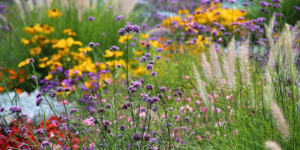2024 has so far been a year full of exciting new gardening trends, but one of our absolute favorites has to be meadow gardening! Lush, diverse, and low-maintenance—these landscapes are sure to boost your South Florida curb appeal for years to come. If you’re looking for a way to beautify your outdoor space while also contributing to our local South Florida ecosystem, you’re in the right place!
What is a Meadow Garden?
Meadow gardens have surged in popularity this year as more people look to embrace sustainable landscaping practices and reconnect with nature. But, what exactly is a meadow garden, and why has it captured the imagination of gardeners around the world?
A meadow garden is a naturalistic landscape composed of native grasses, wildflowers, and other plants typically found in open meadows or prairies. Unlike traditional manicured lawns, meadow gardens mimic the diversity and beauty of natural ecosystems, providing habitat for pollinators, birds, and other wildlife.
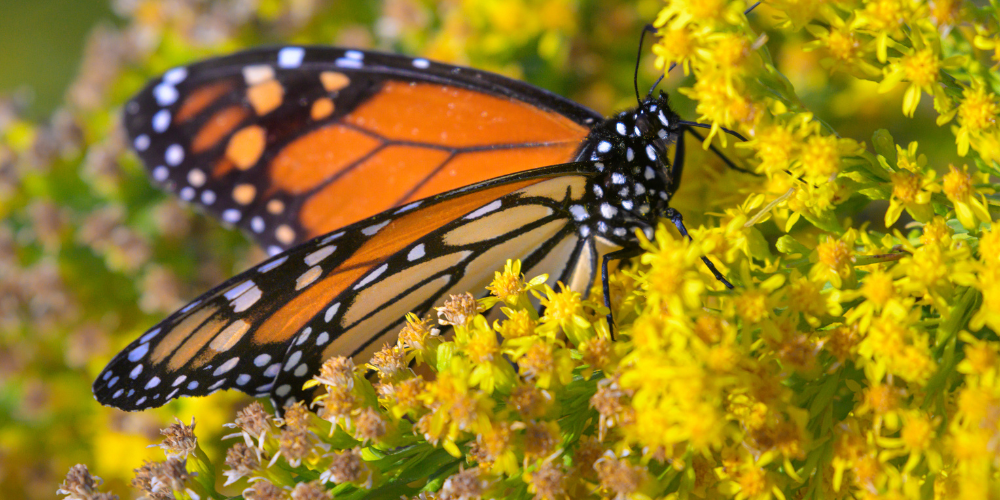
Here are some of their benefits:
- Environmental Awareness: With growing concerns about climate change and habitat loss, many people are seeking ways to reduce their environmental footprint. Meadow gardens offer a sustainable alternative to traditional landscaping, requiring less water, fertilizer, and maintenance.
- Biodiversity Conservation: Meadow gardens support a wide range of native plants and animals, helping to restore and preserve local biodiversity. As natural habitats continue to shrink, meadow gardens serve as vital refuges for pollinators and other essential wildlife.
- Aesthetic Appeal: Beyond their ecological benefits, meadow gardens add a touch of wild beauty to any landscape, re-creating the serene, inviting atmosphere of an untouched country meadow right in the heart of Fort Lauderdale!
- Low Maintenance: In today’s busy world, many homeowners are looking for landscaping options that require minimal upkeep. Meadow gardens fit the bill perfectly, requiring only occasional mowing and minimal watering once established.
- Connection to Nature: In an increasingly-urbanized world, meadow gardens offer gardeners a chance to reconnect with the natural world. Whether it’s the sight of a butterfly sipping nectar from a flower or the sound of birdsong in the morning, meadow gardens provide us with much-needed moments of natural tranquility and wonder.
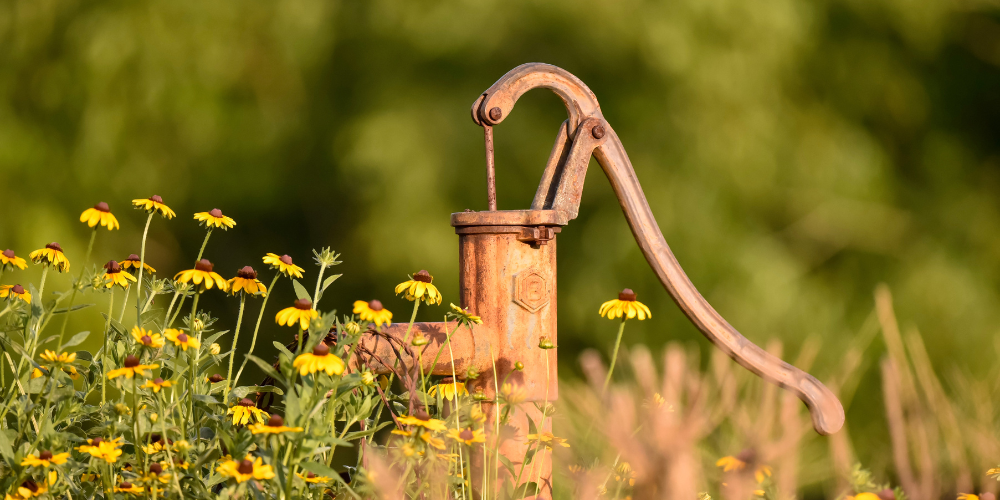
Best Plants for Fort Lauderdale Meadow Gardens
Selecting the right plants is the key when it comes to growing a successful meadow garden. Fortunately, there’s no shortage of stunning native species that thrive in Fort Lauderdale’s warm, humid climate.
Here are some of our personal favorites:
Black-eyed Susan (Rudbeckia hirta):
The Black-eyed Susan is a stunning South Florida native that blooms from spring to fall. Drought-tolerant and attractive to butterflies, bees, and other pollinators, this little beauty is a surefire way to add a cheerful pop of color and wildlife to your meadow garden!
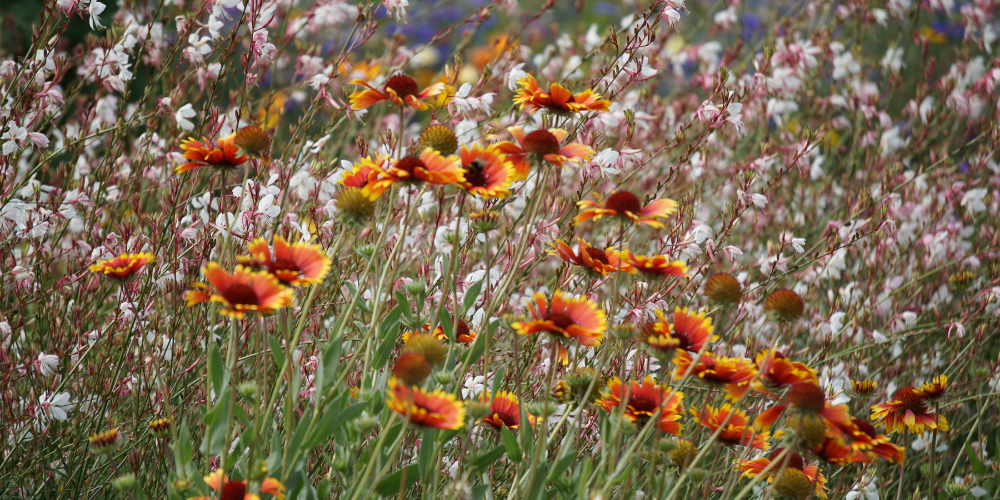
Blanketflower (Gaillardia pulchella):
The Blanketflower is a striking native plant pick that adds depth and drama to any Fort Lauderdale landscape. It thrives in sunny locations with well-draining soil and provides nectar for hummingbirds and seed heads for many of our other local feathered friends, making it a must-have for avid birdwatchers.
Seaside Goldenrod (Solidago sempervirens):
The Seaside Goldenrod thrives in coastal environments and sandy soils. It provides much-needed food and habitat for local pollinators and wildlife while also adding vertical interest to your landscape.
Corkystem Passionflower (Passiflora suberosa):
The Corkystem Passionflower grows well in sunny or partially shaded areas and adds a touch of exotic beauty to any outdoor space. It’s also a host plant for Gulf Fritillary butterfly larvae, meaning its striking flowers will also bring a pop of vibrant life to your meadow garden.
Red Salvia (Salvia coccinea):
This show-stopping plant adds vertical structure and bold color to meadow gardens. It’s incredibly tolerant of both heat and drought once established. The Red Salvia self-seeds readily, creating splendid, naturalized drifts of color throughout your landscape.
Spotted Beebalm (Monarda punctata):
Spotted Beebalm is a must-have for pollinator lovers that adds a whimsical touch. Bees, butterflies, and hummingbirds all flock to its delicate lavender flowers, which thrive in Fort Lauderdale’s sandy soils and full sun.
Tickseed (Coreopsis spp.):
Tickseed is heat and drought-tolerant, making it perfect for Fort Lauderdale landscapes. It attracts butterflies and other pollinators and provides long-lasting blooms that will fill your meadow garden with delightful pops of color from spring until well into fall.

Dune Sunflower (Helianthus debilis):
The Dune Sunflower is a highly-resilient plant that helps stabilize sandy soils. It provides essential habitat for beach-dwelling wildlife and thrives in coastal environments, making it perfect for Southern Floridian shores.
Planting Native Species
Now that you’ve picked out a few native plants to use in your SoFlo meadow garden, let’s dig into the specifics of how to plant them. This step-by-step checklist will help ensure your landscape blooms with local beauty this spring!
- Start by selecting a sunny spot with well-draining soil.
- Remove any existing turf grass and amend the soil with organic matter to promote healthy root growth.
- To mimic natural planting patterns, arrange your chosen plants in drifts or clusters rather than formal rows.
- Interplant your plants with other native species to create a diverse and resilient ecosystem.
- Finally, incorporate some of your favorite edible wildflowers into your meadow garden design to maximize space and add diversity.
Why Should I Use Native Plants in My SoFlo Meadow Garden?
Native plants play a crucial role in maintaining the health and balance of our local ecosystems. Unlike exotic species, native plants have co-evolved with local wildlife over thousands of years, providing food and habitat for native insects, birds, and mammals. Here are just a few of the many other reasons why you should opt for native species in your meadow garden this year:
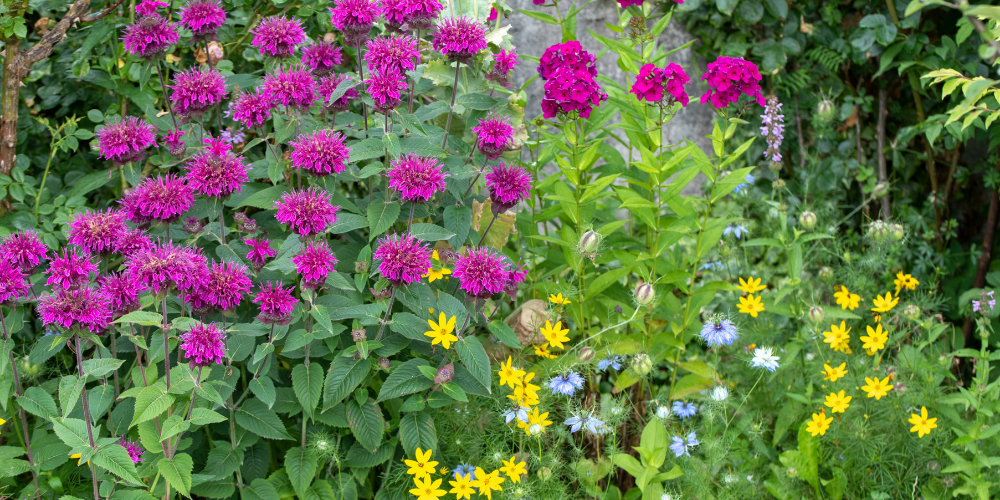
Ecological Benefits
- Native plants require less water and maintenance compared to non-native species, making them well-suited to Fort Lauderdale’s climate.
- Native plants help improve soil health and prevent erosion, reducing the risk of flooding and water pollution.
- By supporting native pollinators, such as bees and butterflies, native plants contribute to the pollination of essential crops and other local plants.
Conservation Importance
- Many of Fort Lauderdale’s native plant species are currently threatened by habitat loss and urban development. By incorporating these plants into your meadow garden, you can help preserve and protect local biodiversity.
- Meadow gardens full of native plants serve as important corridors for local wildlife—providing them with food, shelter, and free movement between fragmented habitats and ensuring their long-term survival.
While this guide gives you an excellent starting point, remember that we’re always here for you if you ever need more help creating your Fort Lauderdale meadow garden. Come see us today at Living Color Garden Center for the plants you need, the advice you depend on, and all the tools you’ll need to bring your Florida landscape to life this spring!
